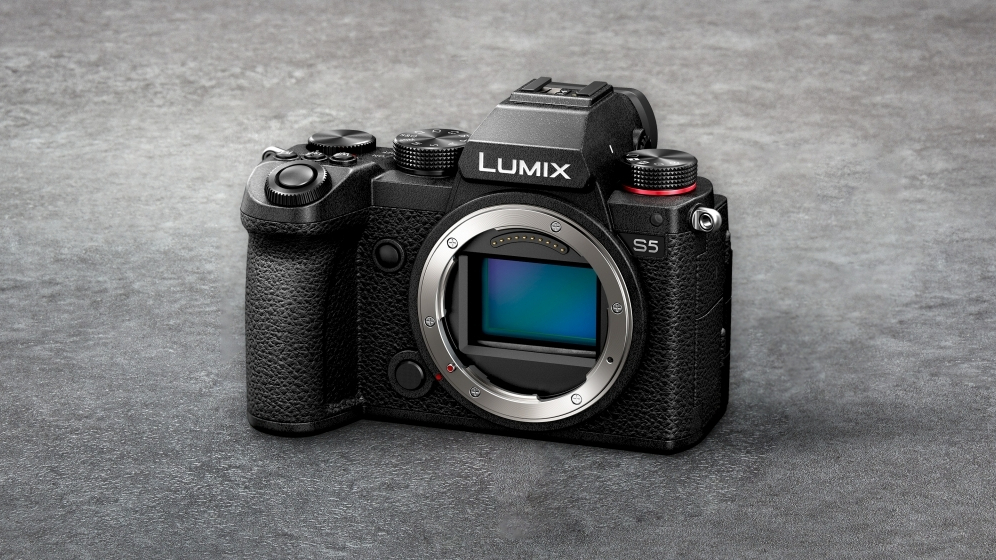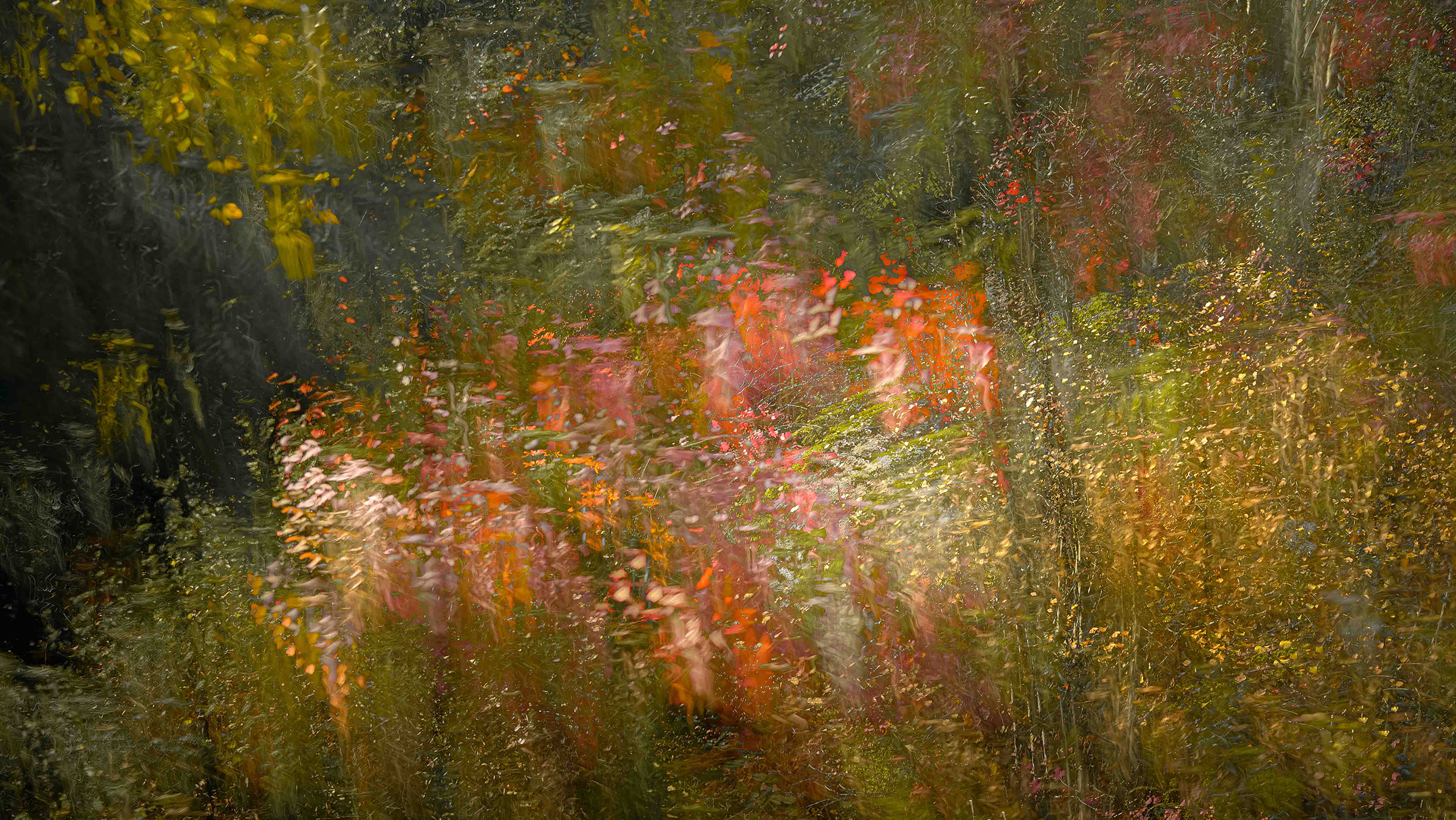
Wildlife wonder
Jason Halls: I’m an amateur photographer who loves animals. One day, I’d love to become a wildlife photographer but I am completely unsure of how you even do that as a profession. Do you have any advice?
Digital Photographer: Wildlife photography is a difficult genre from which to make a living andm though we can offer you some general advice, you have to create your own path and make opportunities for yourself.
As a wildlife photographer, first and foremost you need a love of wildlife and a passion for helping the planet, using your photography skills to tell stories and educate people about issues such as climate change, hunting and extinction. Publications such as National Geographic are far more likely to pick up a body
of work that educates as well as looks visually engaging.
So where should you begin? Think local to your area. You don’t have to travel halfway around the world to become a wildlife photographer. Even in the city, there is plenty of wildlife and lots of stories to tell. Scout for local groups such as litter pickers and document them cleaning up spaces – tell their stories and the wildlife they are helping.
To get your name out there, you can provide your images to charities – for free to begin with, if you are happy to do this. If you are going to succeed, you have to really believe in what you are doing and be passionate about it.
Online exhibition
Hannah Jones: I’m interested in putting together an online exhibition of my photography. What are the best platforms for doing this?
DP: Exhibiting your work online is a great thing to do, and you can reach a worldwide audience with a few clicks of a button. During the pandemic lockdowns, this way of exhibiting became far more popular due to the fact no one could go anywhere. However, even now, there is still a strong market for exhibiting online and it can open up many new possibilities.
There are many platforms out there that host a virtual 3D gallery and they vary in price and what they offer. Here's a quick roundup of a few of our favorites:
- Kunstmatrix Start with a free trial to see if it fits your needs. Thereafter, the cheapest package is £10 ($12) per month. This one Charlotte Bellamy uses (see her interview below).
- Exhibbit The solo gallery starts at £8 ($10) per month. This platform has lots of different exhibition spaces and finishes.
- ArtPlacer For just £9 ($11) per month (billed annually) you can choose from up to 20 custom frames and up to three virtual exhibitions.
- Artsteps Free of charge for the basic package, ArtSteps also has four paid services – the Private Space, the Custom 3D, the Curatorial and the 3D Virtual Events service.

Best camera for video and stills
Anonymous: I want to mix my photography up and venture into videography, but my current camera isn’t up to scratch on the video front. What mirrorless camera would you recommend for those wanting to shoot stills and film?
DP: First of all, check out our best hybrid camera guide for a deep dive! The first model on your list should be the Panasonic Lumix S5 II. It comes with a full-frame 24.2MP sensor, class-leading in-body image stabilization and a great phase detect autofocus system. For video it boasts 4K 60p 4:2:2 10-bit internal recording, S&Q 4K 60p (a high-speed 60fps) and FullHD 180p, as well as up to 6K open gate (full sensor readout), making it an. incredibly versatile camera.
The S5II costs around $1,799 / £1,799 / AU$2,899, but for something cheaper the Fujifilm X-S20 is another good option. This mid-range APS-C mirrorless model boasts 6K 30p open gate video in 4:2:2 10-bit, making it excellent value for money.
Remember, video takes up lots more space on your memory card or hard drive compared with stills, so you’ll need to invest in some storage solutions. Good luck!

How do I curate an online exhibition?
Creative landscape photographer and mentor Charlotte Bellamy reveals how she put together an online exhibition for a group of nine photographers

Charlotte, tell us about the online exhibition you curated.
The exhibition ‘My Journey – My Project’ runs from 19 December until 29 February 2024 online. The exhibition was the result of a year-long project of a group I was mentoring. During the year, we covered a range of skills including how to write an artist statement and how to curate a set of images from a bigger body of work. Every individual exhibiting has followed their own path and the selection of images you see is just the tip of the iceberg of their projects.
How did you come up with the idea?
The idea to have an exhibition came about as I saw each individual’s work bloom and develop. I was so proud of the work that was being produced and the commitment and passion I was seeing from each of them that I felt it would be a lovely way to complete the course. The end-of-year exhibition will continue to be a part of the year-long project mentoring group and anyone joining the group can look forward to being part of it. If you are interested in knowing more about the course, you can find more information on my website (details at the end of the interview).
Going forward, I can’t wait to curate my own exhibition with my own images. I am in the process of publishing a book as part of a three-year project and an online exhibition will form part of that release.

How do you curate an online exhibition?
I’d seen a couple of online exhibitions during COVID and loved them. There are numerous online providers, so it was a laborious process researching each one but, in the end, I chose Kunstmatrix because of the flexibility and options. It has been an enjoyable but massive learning curve to curate. It’s a completely different level of responsibility to showcase other people’s work, rather than just your own.
Working with nine individuals meant it was important for each to have an equal share of the space, but rather than trying to make them all match each other, I embraced their differences and left the final selection of images up to each individual.
Essential to delivering the exhibition were clear deadlines, as these not only gave me a structure to work with, but it also meant I had everyone’s commitment. The last stage of the curation was to have a one-to-one with each person and make any final adjustments. Every single project is presented differently because each individual has their own input.
The process has not been difficult, but it has been one that requires commitment, vision and passion. My aim was for every photographer to have their story of the year on the wall. The exhibition was never about me, it was about showcasing their work.
What are the pros and cons of displaying your work this way?
Online exhibiting offers photographers from all over the world the opportunity to share their work, plus I love the interactive platform. Being able to walk around the rooms, go up to images or view them from afar as if you were standing in front of them is unique. The only negative is that nothing can replace standing in a real gallery and looking at original prints.
Tell us about the opening night…
I wanted to make it like a real gallery opening, so many of the photographers gave a talk over Zoom about their projects. It’s still available on my YouTube channel if you wish to view it (embedded below).
What tips would you give to those reading this who are thinking of curating their own online exhibition?
Forward planning is key, and I allowed a timeline of about three months for this one. This gave individuals enough time to pull their chosen work together and for me to organize, check, consult, recheck and check again! Having a clear idea of why you want to hold an exhibition and the end goal is invaluable. It has been a long but worthwhile process and I wouldn’t hesitate to do it all again.
Take a look at the best cameras for wildlife photography, along with the best lenses for bird and wildlife photography.







